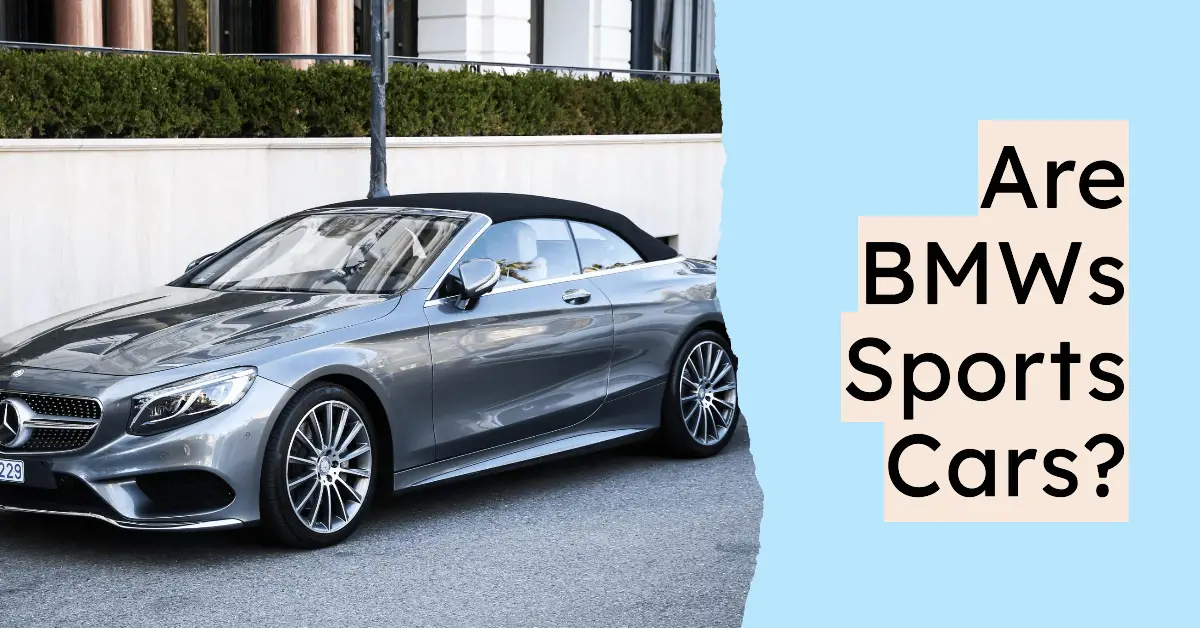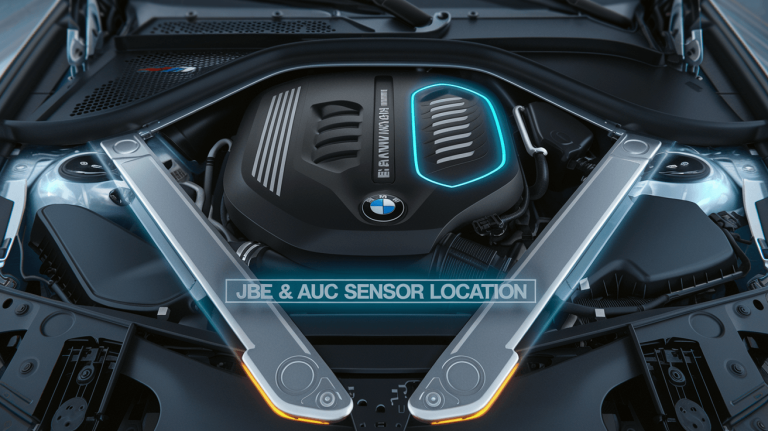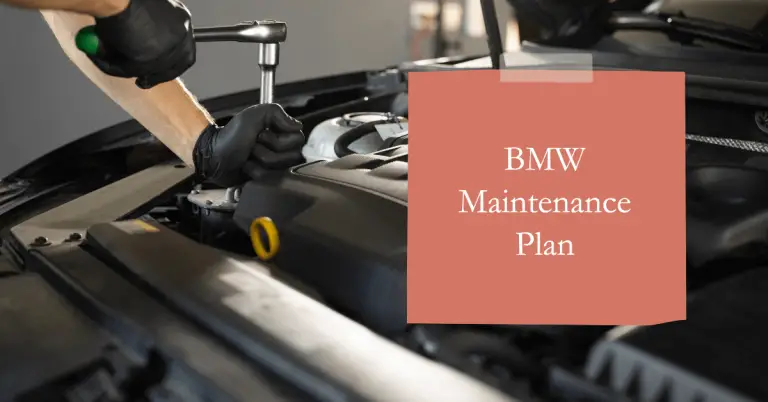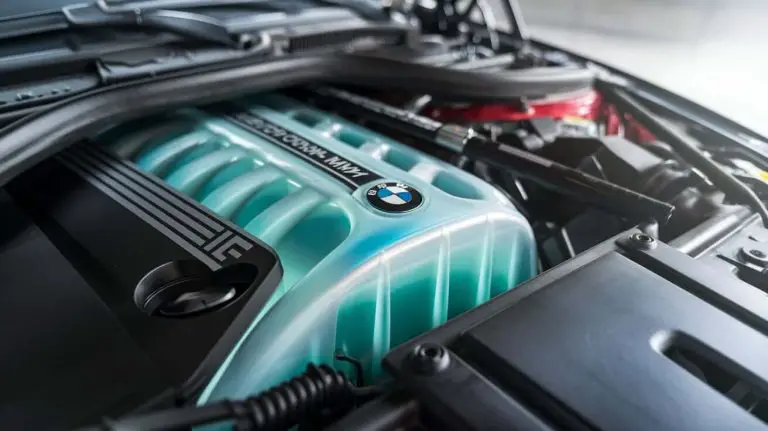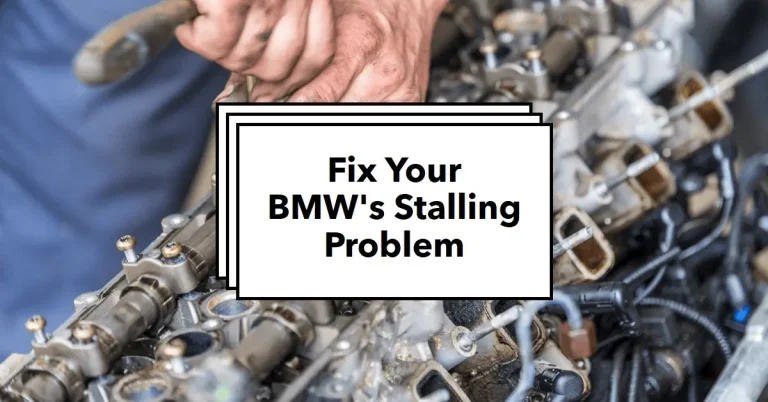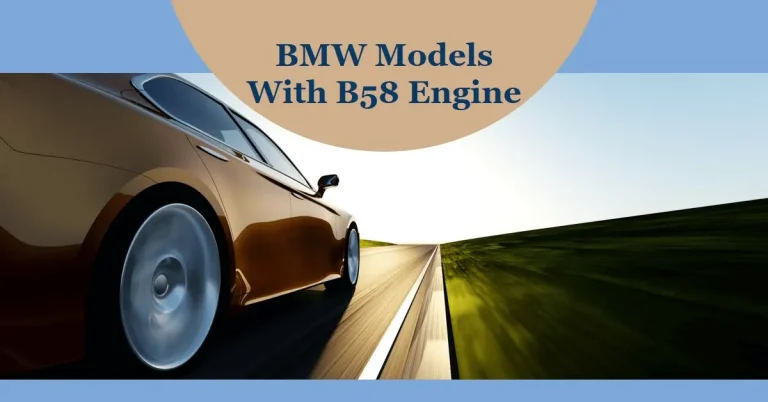Are BMWs Considered Sports Cars? History and Evolution.
BMW has long been synonymous with performance and luxury. The brand’s sporting pedigree dates back to the 1930s with iconic models like the pre-war BMW 328 roadster. Fast forward to today and BMW offers a range of models from practical sedans to blisteringly quick SUVs. But are modern BMWs still considered true sports cars in the traditional sense?
In short, some BMW models definitely qualify as authentic sports cars, while others emphasize luxury, comfort and practicality over raw performance. To answer the question, we’ll have to dive into BMW’s rich history as a sports car manufacturer. We’ll also evaluate whether current BMW offerings live up to that lineage of ultimate driving machines.
Specifically, this in-depth post will cover:
- BMW’s Early Pre-War Sports Cars and Roadsters
- Post-War Classics: 502, 507, 3.0CSL “Batmobile”
- The Founding of BMW’s M Division and the M1 Supercar
- Modern BMW Sports Cars: Z4, M2, M4
- Are Performance SUVs Like the X3M and X5M Sports Cars?
- Where Current BMW Models Fall on the Sports Car Spectrum
So let’s fire up those classic BMW inline 6 engines and take a ride through the history and evolution of BMW’s sporting spirit.
BMW’s Rich Pre-War Sports Car Pedigree
Long before luxury SUVs and 5 Series sedans, BMW made its name in the 1930s building lightweight sports cars and roadsters for racing and enthusiasts.
The first true BMW sports car was the BMW 303 launched in 1933. Powered by a flathead inline 6 making 50 hp, the 303 had a top speed of 96 mph. Impressive for the era! Only 303 (clever naming) were produced from 1933-1934.
But the pre-war BMW that cemented the brand’s sporting status was the legendary 328. Debuting at the 1936 Eifelrennen race, it quickly proved BMW could build roadsters equal to the best from Alfa Romeo, Mercedes and Auto Union.
What Made the BMW 328 Such an Iconic Pre-War Sports Car?
The 328 exemplified BMW’s lightweight design philosophy and engineering prowess. Its 2.0L inline 6 made 80 hp, revving incredibly high for the 1930s to over 5000 rpm. Advanced features like hemispherical combustion chambers and a single chain-driven camshaft contributed to the free-revving nature and high output.
Weighing just 780 kg with a lightweight aluminum alloy block, the 328 was nimble on the era’s tight and twisty road courses. That agility, combined with excellent handling, steering precision and braking, allowed the 328 to dominate the sports car racing scene in the late 1930s.
Over 400 BMW 328s were produced from 1936 to 1940, earning numerous race wins and medals in events like the 1940 Mille Miglia. The 328 remains one of the most iconic sports cars of the pre-war era. Its balance of power, lightweight construction and agile handling set the template for decades of BMW sports cars to follow.
Post-War Classics: 502, 507 and the “Batmobile” 3.0 CSL
After WWII, BMW was banned from manufacturing vehicles until 1951. But it didn’t take long for the company to revive its sports car development.
In 1954 BMW launched the opulent 502 luxury tourer, aimed at wealthy Germans wanting high-speed cruising on the Autobahn.
The Iconic BMW 502 Luxury Sport Tourer
The 502 used a powerful 2.6L V8 making 115 hp, very strong for 1950s standards. With a top speed of over 100 mph, it became one of West Germany’s fastest domestic vehicles.
Priced at 29,000 DM, the luxurious 502 was far more expensive than a common Volkswagen Beetle. But its handsome looks, spirited V8 performance and high level of appointments made it popular with German elites.
Just over 700 502s were built from 1954-1959. But today it’s recognized as BMW’s first post-war model bringing sports car spirit to more luxurious and civilized designs.
In 1956 BMW developed its only roadster of the 1950s, the breathtaking 507.
507 Roadster – BMW’s Sleek 1950s Sports Car
Inspired by the pre-war 328, the 507 exemplified CEO Kurt Donath’s directive to “build the most beautiful car in the world.” The styling by Count Albrecht Goertz did precisely that.
The 507’s body consisted of light and rigid aluminum panels over a box steel frame. Power came from an aluminum V8 making 150 hp, allowing a top speed of 220 km/h. Weighing just 1,200 kg, the 507 achieved a thrilling power-to-weight ratio for the late 1950s.
Only 252 507s were built from 1956-1959, with a steep price tag equivalent to a luxury house at the time! The limited production numbers and high cost make the 507 a prize collector’s item today. Owners have included Elvis Presley, John Surtees and Bernie Ecclestone.
BMW introduced another landmark sports car in the early 1970s – the 3.0 CSL.
3.0CSL “Batmobile” – BMW’s 1970s Touring Car Champion
The 3.0 CSL debuted in 1971, engineered by BMW’s Motorsport division to dominate European touring car racing. The “L” designation stood for leuk or “lightweight.” An aluminum hood, doors and body panels helped shave weight versus the regular E9 coupe.
The 3.0 CSL was powered by the 3.0L inline 6 from the E9 3.0CS luxury coupe. But engineers extracted more power, and the addition of racing wings, spoilers and wheel arch extensions led to the “Batmobile” nickname.
The CSL won numerous races and the 1973 European Touring Car Championship. In road trim with 180 hp, the CSL could hit 139 mph. Only 1,265 were built from 1971-1975, making it a prized collector BMW today.
BMW M Division and the Mid-Engine M1 Supercar
In 1972, BMW formally established BMW Motorsport GmbH to oversee its racing program. This group later became known simply as BMW M.
The first M-modified road car was the 1973 BMW 3.0CSL Group 2 racer and the E12 M535i sedan. But BMW had even greater M car ambitions brewing.
The Wedge-Shaped BMW M1 Supercar
The M1 launched in 1978 as BMW’s lone mid-engine sports car. Its Giugiaro-designed “Italian Wedge” styling hid a tubular steel chassis and fiberglass body.
Under the hood lay a 3.5L inline 6 making 273 hp at 6,500 rpm, allowing a top speed of 160 mph. Impressive figures even among 1970s supercars.
Less than 500 M1s were produced from 1978-1981, with a price around $100,000 in today’s dollars. As BMW’s priciest car then, the M1 represented the performance-obsessed ethos of BMW’s new M division to a T.
Modern BMW Sports Cars Carrying the Legacy
Today the bulk of BMW’s lineup consists of practical luxury sedans, SUVs and crossovers. But the brand still produces several models capturing that pure sports car driving spirit.
The Z4 roadster, M2 coupe and M4 coupe/convertible all exemplify BMW’s ongoing sports car heritage.
Z4 Roadster – Affordable BMW Sports Car Thrills
Launched in 2002, the Z4 roadster replaced the earlier Z3 as BMW’s compact 2-seat convertible. With classic roadster styling and proportions, the Z4 provides open-top thrills on a budget.
More powerful inline 6 engines than the Z3 give the Z4 genuinely quick acceleration – including the 2006 Z4 M coupe/roadster with a 3.2L inline 6 making 338 hp.
Hardtop retractable roof models added comfort and rigidity starting in 2006. Recent Z4s even offer a manual gearbox for purists.
With a starting price under $50,000, the Z4 brings real BMW sports car performance to the masses.
M2 Coupe – Smallest, Most Agile M Car
Debuting in 2015, the M2 coupe provides a nimble and affordable entry point into BMW’s elite M series. Smaller and lighter than the M3 and M4, the M2 focuses on exceptional handling and track-ready dynamics.
Under the hood lies a potent turbocharged inline 6 making 365 hp in the Competition Package. Weighing less than 3,500 lbs, the M2 rockets to 60 mph in just 4.1 seconds. Short overhangs and perfect 50/50 weight balance make the M2 delightfully agile and quick at the limits.
With a starting price around $60,000, the M2 brings bespoke motorsports engineering down to a (somewhat) attainable level.
M4 Coupe and Convertible – Modern Successors to the Iconic E46 M3
The M4 debuted in 2014 as the successor to the fabled E46-generation M3 coupe. Along with its retractable hardtop convertible sibling, the M4 provides uncompromising driving enjoyment and refinement.
Power comes from BMW’s S55 twin-turbo inline 6 making over 400 hp in Competition Package trim. Sub-4-second 0-60 mph sprints are possible, yet the chassis offers tenacious grip and composure at the limit.
With a starting price around $70,000, the M4 lacks some of the raw Porsche or Lotus performance at this price. But many consider the balanced M4 among the finest modern BMW sports cars, bringing speed, luxury and everyday drivability together in one gorgeous package.
Are BMW’s High-Power SUVs Considered Sports Cars?
In recent years, BMW’s M division has turned its attention to beefing up SUVs and crossovers like the X3, X5 and X6. With their bespoke tuning and massive power, could these be considered sports cars?
Take the X3 M and X5 M as examples. Their turbocharged inline 6 makes over 500 hp, rocketing them to 60 mph in under 4 seconds – a supercar-like feat. The M engineers extensively modify the chassis, suspension, steering and brakes to handle the power.
Advanced AWD systems feature rear-biased torque splits to mimic sports car handling. The SUVs exhibit shocking grip and composure at high speeds thanks to state-of-the-art differentials and electronic aids. No other performance SUVs corner with such agility.
Yet while the X3M and X5M post incredible numbers, their height and mass still compromise ultimate sports car handling finesse. At over 4,500 lbs, excessive body roll and understeer creep in, even with adaptive suspension systems. The M SUVs aren’t true sports cars – but are much sportier than any family crossover has a right to be!
Where Do Various BMW Models Fall on the Sports Car Spectrum Today?
Evaluating BMW’s diverse modern lineup shows how the brand balances its sports car heritage with luxury, comfort and practical needs:
- True sports cars: Z4, M2, M4, i8
- Luxury performance cars with strong sporting credentials: M5, M8, M3, M6 Gran Coupe
- Sporty luxury sedans/SUVs: 5 Series, X3M, X5M
- Luxury cars with sport packages: 7 Series, X7
- Practical luxury cars: 3 Series, X1, X5, X6
BMW no longer exclusively builds sports cars, as market demands have evolved. But it’s clear the brand still imbues much of its lineup with authentic driving enjoyment, dynamics and performance – the core of BMW’s DNA since the pre-war days.
Conclusion: The Sporting Spirit Lives On in Specific BMW Models
BMW has come a long way from its pure sports car roots in the pre-war era. The company today strikes a balance between heritage, luxury and practicality across its diverse model range.
While not every modern BMW can be considered a sports car, models like the M2, M4 and Z4 prove the brand still produces legitimate driving machines for purists. These models directly descend from BMW classics like the 507, 3.0 CSL and M1.
Plus, even relatively mundane BMW sedans and SUVs drive with a verve beyond their family car duties. Much credit goes to BMW M division for infusing excitement throughout the lineup.
So while identities evolve, BMW still evokes its sports car heritage and passion enough to satisfy driving enthusiasts. As long as bimmers like the M4 and M2 prowl the streets, the BMW sports car spirit will thrive on.

